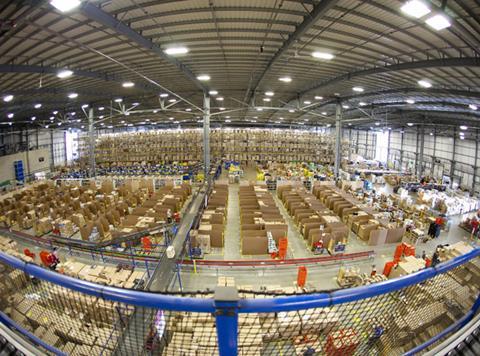
Start with the consumer and work backwards.’ That’s Amazon’s first principle of leadership. Most people in our industry buy this principle, most want to make it a reality, but few walk the talk consistently.
What gets in the way? Factors like operational considerations, financial barriers, competitor pressures, relationships between supplier and retailer, for a start. And there’s plenty else to keep us all busy.
And even when we do stop to think about the consumer, often we are drowning in data - the purchase data, survey data, focus group reports, and so on. All valid, but sometimes contradictory, often hard to understand and rarely offering crystal clear direction.
So how can a company walk the talk, and stay properly focused on the consumer? I observe three things about those that do it well.
First, they have a simple consumer manifesto. They know what is important to consumers, they can express it in plain language, and they commit to delivering it. Commitments might include ‘our products will look mouthwatering in the pack and on the plate’ or ‘we will make it ultra-easy for a couple to eat well on a busy week night’. The manifesto must have teeth. It should be used to demand more and to raise the bar. Everyone should know it and work towards it.
Second, they spend time on the front line. They don’t get stuck in the office bubble. They find the energy to get out to consumers’ kitchens and bathrooms. They read customer letters or listen to calls. They see complaints not as statistically insignificant but as opportunities to find systemic issues. Crucially, they spend time in shops, watching people shopping, and looking at the store through a shopper’s eyes. None of this is difficult to do and all of it can be truly insightful. But it’s a bit like physical exercising - it requires discipline to make it happen.
Thirdly, they lead from the top. Their leaders can talk and think like a consumer. They use the consumers’ language, not internal company speak. The insight, brand and category teams are the specialists. The sales, finance and operations teams have a sound understanding, too. But it is even more important that the bosses know their consumer, and apply that knowledge to their decision making.
This doesn’t let everyone else off the hook - if you’re not at the top, you can influence those who are, and get them excited about consumers.
So it’s simple. Have a clear consumer manifesto, spend time at the front line, and lead from the top. Execute those things well and you will be truly consumer driven.
Jeremy Garlick is a partner at fmcg consultancy Insight Traction


















No comments yet